Street photography. Is it as simple as going out into the streets and taking photos? In the narrowest of views, yes. But street photography is regarded by many as an art form; it is the goal of the street photographer to capture humanity at its rawest, most candid moments, unencumbered by the apparent luxuries of a formal studio session; no flash, no diffusers, no tethered shooting. In light of this more nuanced definition of what street photography is, we can now give a more distinct answer to the question of street photography’s perceived “simplicity.”
What makes street photography difficult for some is the boldness required to pull out a camera, approach a total stranger, and essentially enter their space, even if for a brief moment, as they go about routine activities that normally do not take place in front of a lens. It can be intimidating and challenging, but I would venture to say that anyone who has achieved some measure of success at street photography has found it immensely rewarding. And as a visual medium, street photography can be profoundly inspirational. So if you’re considering hitting the streets, here are a few basic DOs and DON’Ts to help get you started.
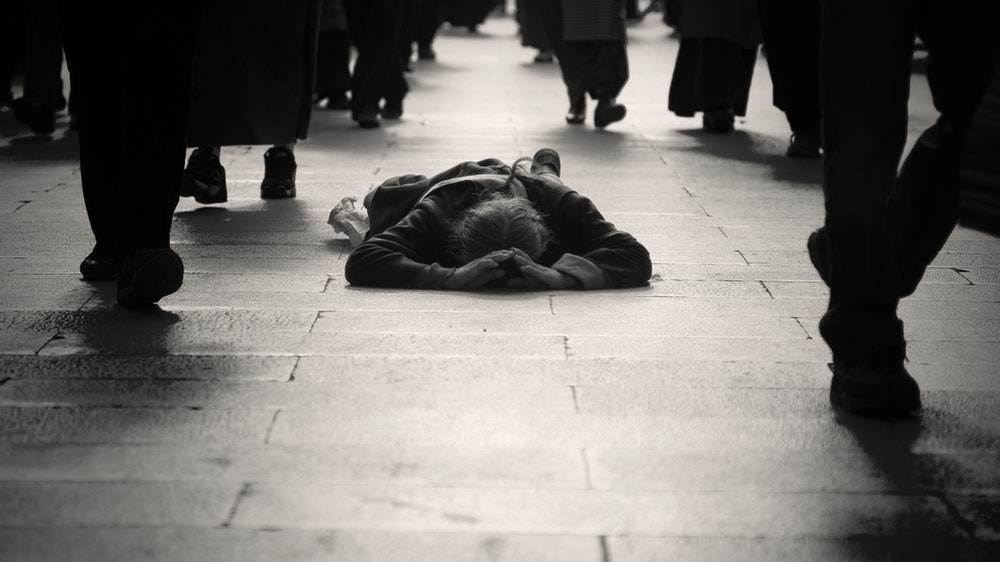
Image by Smokefish
DOs:
- Know the laws concerning street photography for the particular region in which you will be shooting. One of the main controversies surrounding street photography is that of privacy. You will inevitably encounter individuals who feel you don’t have the “right” to take their photograph. While I can’t speak on other countries, the general rule in the United States is, in terms of public spaces, if you can see it you can shoot it. There is no reasonable expectation of privacy in the public sphere.
- Practice good judgment and good manners. “Just because you can doesn’t always mean you should” is a maxim that is well suited to this topic. You may have certain rights while out shooting on the sidewalks of your city, but be smart about when, where, and how you use your camera. If you insist on taking a photo of the clearly perturbed 250 pound man sporting scars and a scowl, just understand that he may very well insist on smashing your camera. But good manners go a long way, and more often than not, people are totally willing to be photographed if you don’t come across as a wanna-be paparazzo.
- Shoot wide. The 35mm and 50mm lenses are classic focal lengths for street shooters for a number of good reasons. For one, these lenses tend to be relatively small, helping you as the photographer appear less intrusive to your potential subjects, as opposed to carrying around a long zoom lens. Are you bird watching or people watching? A normal to wide angle lens will also allow you to get reasonably close to your subject without having to point the camera directly at them, all the while capturing a good amount of contextual scenery. Furthermore, a wider angle helps create in those who view your photos a sense of inclusiveness; they will feel connected to the scene.
- Be inconspicuous. Go to where the people are, where the action is. The ultimate goal here is to blend in as much as possible. If people have a heightened and uncomfortable awareness of you and your camera, their behaviors are almost certain to change. This would sort of defeat the purpose of street photography.
- Look for things, people, and places that interest you. Focus on people who frequent establishments you’ve never been to; find people who are busy at work; allow your curiosity to be piqued by the circle of giggling teenagers or the eccentrically dressed street performer. Life is happening all around you, so capture the range of emotions and expressions that go along with it.
DON’Ts:
- Don’t try to blend in by dressing like a spy. A trench coat and dark shades are not the type of attire that are going to facilitate successful street photography. The shady/sketchy chic look is going to be off-putting to everyone you encounter. Remember, the point is to not stand out.
- Avoid being flashy with your gear. If you live in a place where everybody knows everybody and no one locks their front door, then you might not be so concerned with this bit of advice; but, if you’re going to be shooting in a typical city environment I would recommend leaving your branded camera strap and journalist’s vest at home. There’s high risk as opposed to virtually no reward in showing off thousands of dollars' worth of camera equipment.
- Your camera is not a weapon. Don’t stalk people or sneak up on them and shove your camera in their face. Again, subtly is the name of the game.
- Don’t obsess over camera settings. Exactly where you set your aperture, shutter speed, and ISO is going to depend on the situation and you shouldn’t be afraid to change them if you need to, but here are a few guidelines to consider so that you can devote your full attention to potential subjects instead of your camera’s dials and buttons: (1) Don’t try to be a hero and shoot in manual mode; aperture priority is ideal for street photography. Set your f-stop between f/8 and f/16. (2) Don’t be afraid to use a high ISO. It’s important to be intimately acquainted with your camera’s button layout so that if you end up in a shaded area, you can quickly bump your ISO to something like 1600, ensuring you get a sharp, in-focus shot. (3) It may sound counterintuitive, but don’t waste time with autofocus. Manual focus is your friend, and pre-focusing may turn out to be your constant companion. Pre-focusing involves setting the lens to a predetermined distance based on how far away you tend to be from your subjects when you shoot them. Since you’re using a higher f-stop, you will be more likely to capture your subject in focus.
- Don’t worry about bokeh. Shallow depth of field isn’t a highly coveted trait in street photography. You want important contextual information to be in focus in any given street shot: cars, buildings, landmarks, etc. You want to convey to the viewer the same set of visual cues they would see if they were to visit the same place. Again, it’s about connecting with your audience.
These recommendations are by no means intended to be a comprehensive list; they are simply some ideas that I hope help point you in the right direction when getting started in street photography. The fact is, even after you’ve read through this list, photography remains an art. All the advice about lenses and settings and composition notwithstanding, the most important thing to remember is that if you’ve got the urge to try street photography, get up and get out there. You see the world your way — capture it that way.

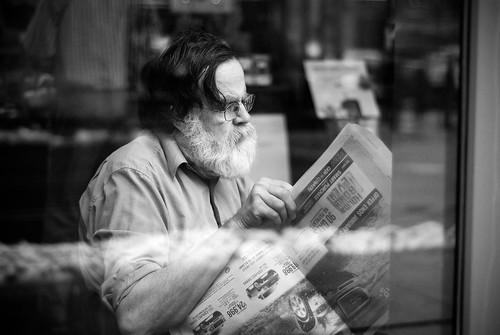

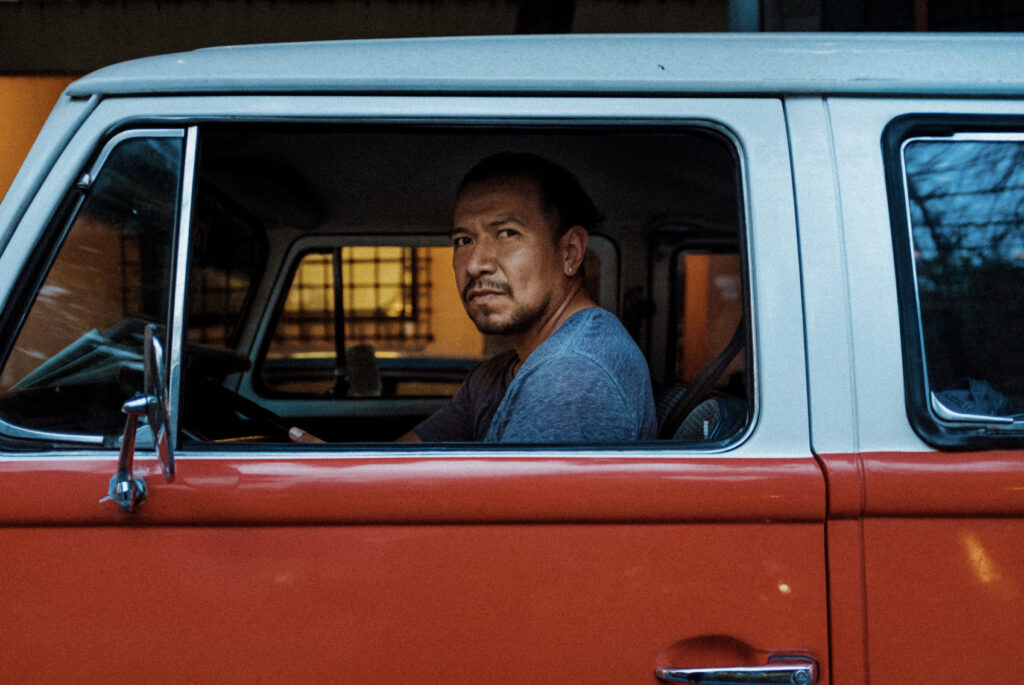
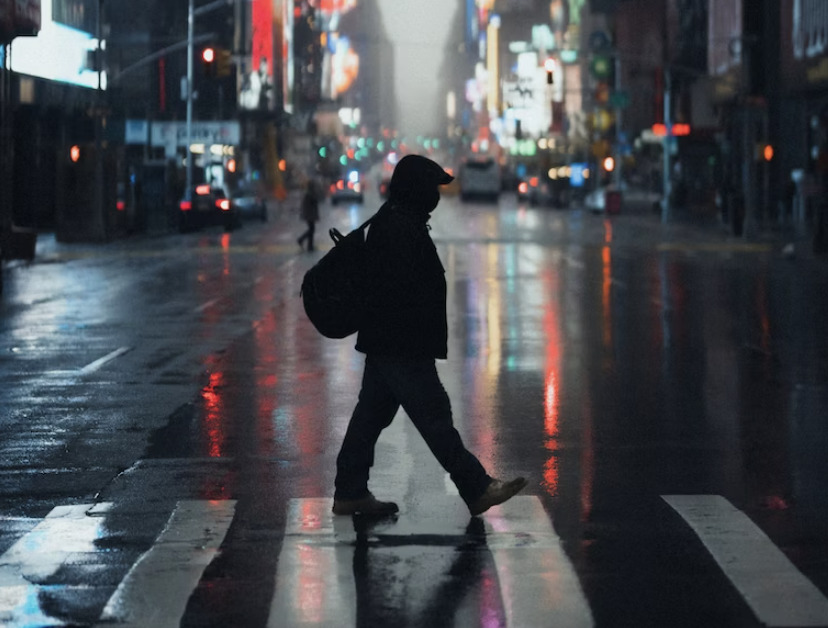
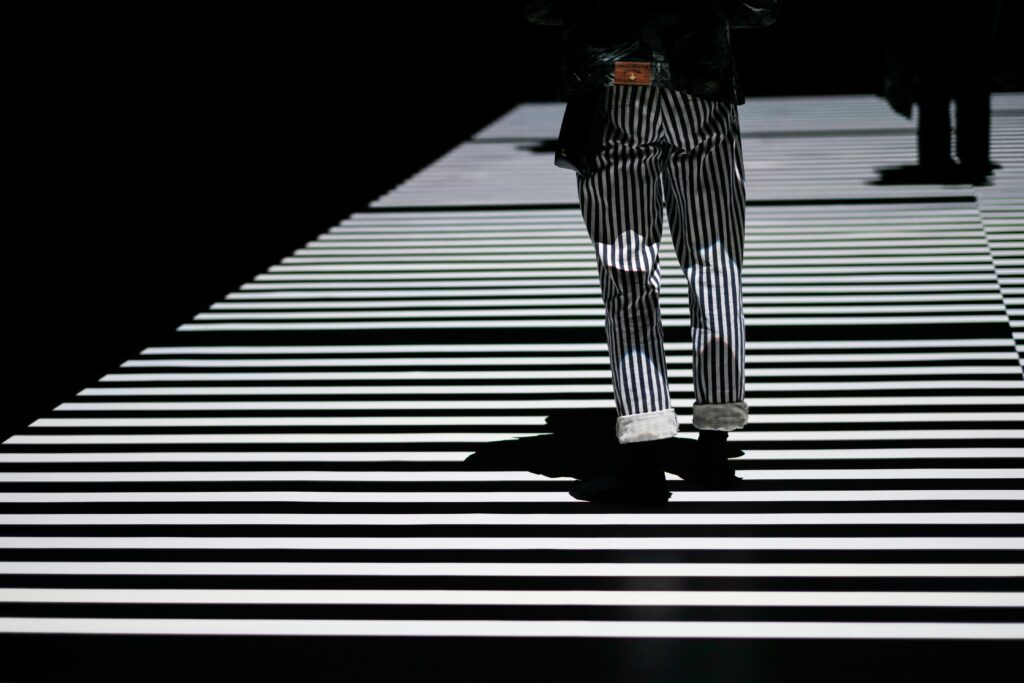
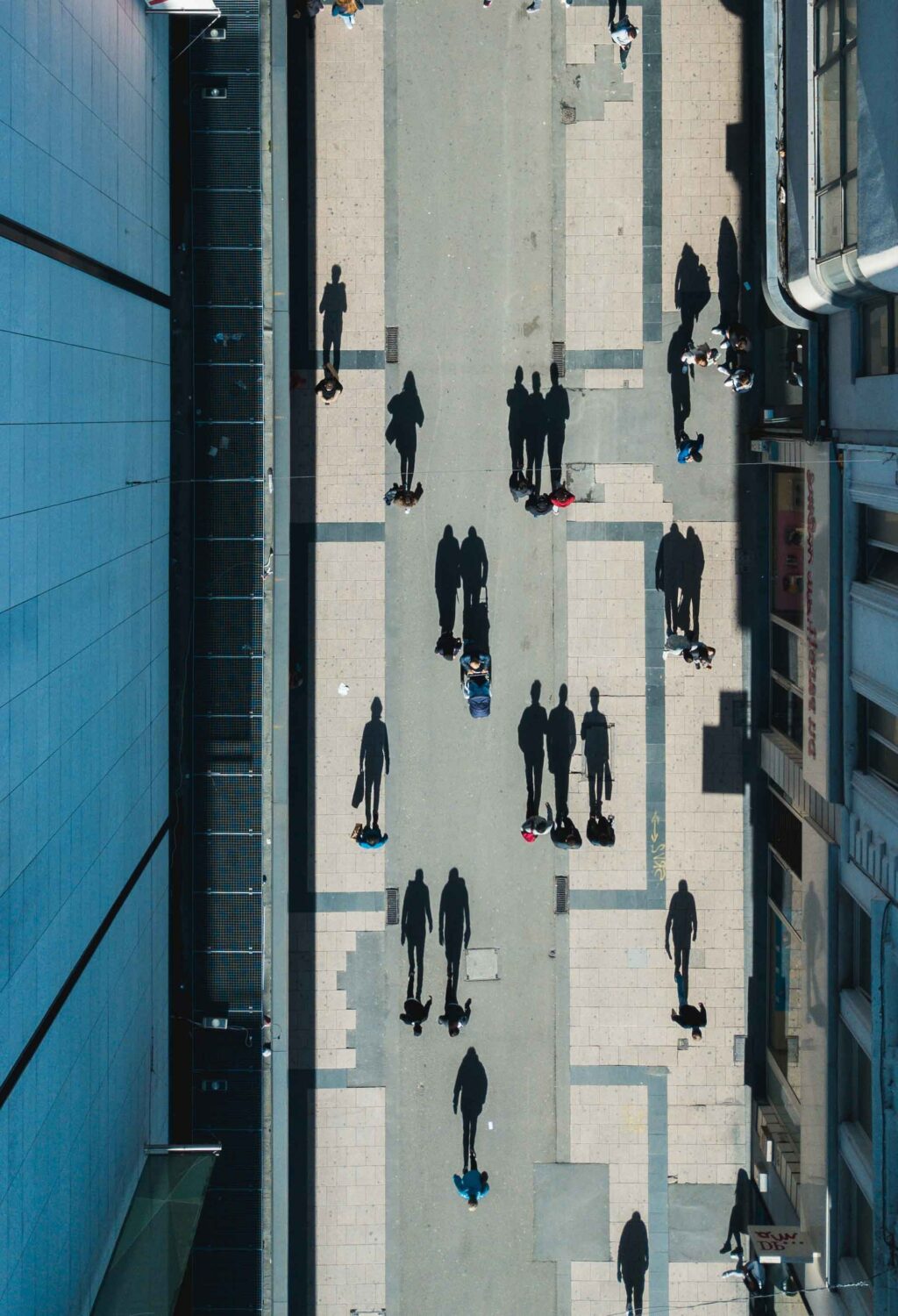
11 Comments
is subject of street photography is a good eye opener and accompany with a check lists if dos and donts very suitable like us who is starting out in this genre of painting with light.
I have found in New York the 100mm macro to be my favorite street photography lens. It’s super sharp and if you keep your eye open you can snap shots from a little farther out.
Yep, I’ve also used a longer lens to grab street shots. I think you can get away with it in places like NY because nobody’s really paying attention to you and everybody’s used to cameras.
It’s not a question of being noticed because of the size of your lens, it’s a question of closeness to your subject. How can you feel empathy for other human beings if you’re 5 meters away from them, how do you feel the thrill, the adrenalin in shooting streets? Try a much wider angle, 35 or even 28! 50mm will soon seem to you as a telephoto, which it is really, a normal lens would be a 40…
I’m thinking instead of a prime my 18-200mm VR is perfect for getting me into street photography. The lens has a wide range and is not obtrusive.
When you get used to a certain focal length, you can visualize before the action your field of view and then you can place yourself at the right place to capture a moment. Always zooming in and out will make all those things very abstract. I’m not telling you to buy a new lens, but try putting tape on your zoom at a 35mm fullframe equivalent to your camera’s sensor and engrave this field of view in your head. It will help you. A lot.
Love your article, I am thinking of trying a little street photography, thanks 🙂
I was wondering if you had any info on selling these photos – I’ve heard you have to get model releases if you intend to sell them. Is that true?
Thanks!
I was wondering the same thing.
In the U.S. you can sell them as Fine Art. You cannot sell them to a publicity agency or anything like that. Street photography won’t make you rich.
Some sensible guidelines, I only shoot street photography and have recently fell in love with 75mm focal length, you need to think a little bit more about framing your subject matter but the results can be very rewarding